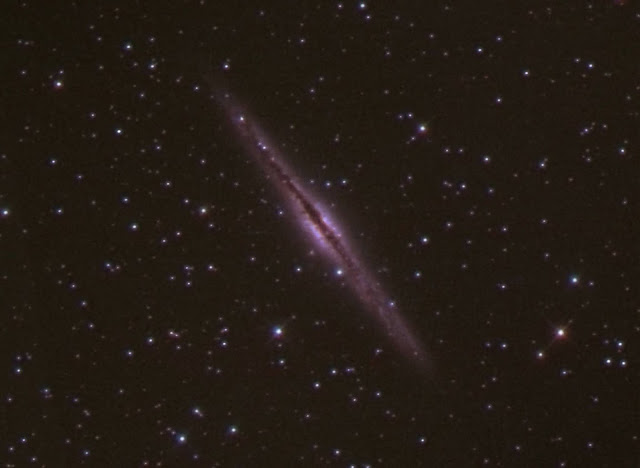I took this image uder very clear sky conditions with no moonlight. It is the core region of the Orion nebula. I capture this image using Barlow projection with a 2" x2 Altair Barlow lens, with an Atik 383L mono CCD camera, a Vixen Atlux mount, PHD auto guiding, a 10" f/4.8 reflector and a set of Astronomik narrowband filters.
I captured sub-frames of 10s and 30s with matching dark frames and combined them with flat fields to reduce the effect of vignetting in the final image.
The total exposure times were 10 minutes for each colour channel, SII, H-alpha, OIII and blue.
Click on an image to get a closer view
Hubble palette, 10s sub frames
Narrowband luminance, RGB colour, 30 and 10s sub frames
Hubble palette, colour and luminance, 30 and 10s sub frames
Hubble Palette, colour, 30 and 10s sub frames, cropped.
































